Angela Oates
Modelling antisepsis using defined populations of facultative and anaerobic wound pathogens grown in a basally perfused biofilm model
Oates, Angela; Lindsay, Sharon; Mistry, Hitesh; Ortega, Fernando; McBain, Andrew J.
Authors
Sharon Lindsay
Hitesh Mistry
Fernando Ortega
Andrew J. McBain
Abstract
An in vitro model was developed to assess the effects of topical antimicrobials on taxonomically defined wound biofilms. Biofilms were exposed over seven days to povidone-iodine, silver acetate or polyhexamethylene biguanide (PHMB) at concentrations used in wound dressings. The rank order of tolerance in multi-species biofilms, based on an analysis of the average bacterial counts over time was P. aeruginosa > methicillin-resistant Staphylococcus aureus (MRSA) > B. fragilis > S. pyogenes. The rank order of effectiveness for the antimicrobials in the biofilm model was povidone-iodine > PHMB > silver acetate. None of the test compounds eradicated P. aeruginosa or MRSA from the biofilms although all compounds except silver acetate eliminated S. pyogenes. Antimicrobial effectiveness against bacteria grown in multi-species biofilms did not correlate with planktonic susceptibility. Defined biofilm populations of mixed-species wound pathogens could be maintained in the basal perfusion model, facilitating the efficacy testing of treatments regimens and potential dressings against multi-species biofilms composed of wound isolates.
Citation
Oates, A., Lindsay, S., Mistry, H., Ortega, F., & McBain, A. J. (2018). Modelling antisepsis using defined populations of facultative and anaerobic wound pathogens grown in a basally perfused biofilm model. Biofouling, 34(5), 507-518. https://doi.org/10.1080/08927014.2018.1466115
| Journal Article Type | Article |
|---|---|
| Acceptance Date | Apr 13, 2018 |
| Online Publication Date | Jun 6, 2018 |
| Publication Date | May 28, 2018 |
| Deposit Date | Jan 16, 2019 |
| Publicly Available Date | May 29, 2019 |
| Journal | Biofouling |
| Print ISSN | 0892-7014 |
| Publisher | Taylor and Francis |
| Peer Reviewed | Peer Reviewed |
| Volume | 34 |
| Issue | 5 |
| Pages | 507-518 |
| DOI | https://doi.org/10.1080/08927014.2018.1466115 |
| Keywords | Wound biofilm; In vitro model; MRSA; Anaerobic; Antisepsis |
| Public URL | https://hull-repository.worktribe.com/output/1217261 |
| Publisher URL | https://www.tandfonline.com/doi/full/10.1080/08927014.2018.1466115 |
| Related Public URLs | http://eprints.whiterose.ac.uk/129665/ |
| Additional Information | Peer Review Statement: The publishing and review policy for this title is described in its Aims & Scope.; Aim & Scope: http://www.tandfonline.com/action/journalInformation?show=aimsScope&journalCode=gbif20 |
| Contract Date | Jan 17, 2019 |
Files
Article
(1.2 Mb)
PDF
Copyright Statement
©2019 The authors
You might also like
The Host-Microbiota Axis in Chronic Wound Healing
(2023)
Thesis
Hyaluronan-Based Nanohydrogels for Targeting Intracellular S. Aureus in Human Keratinocytes
(2018)
Journal Article
